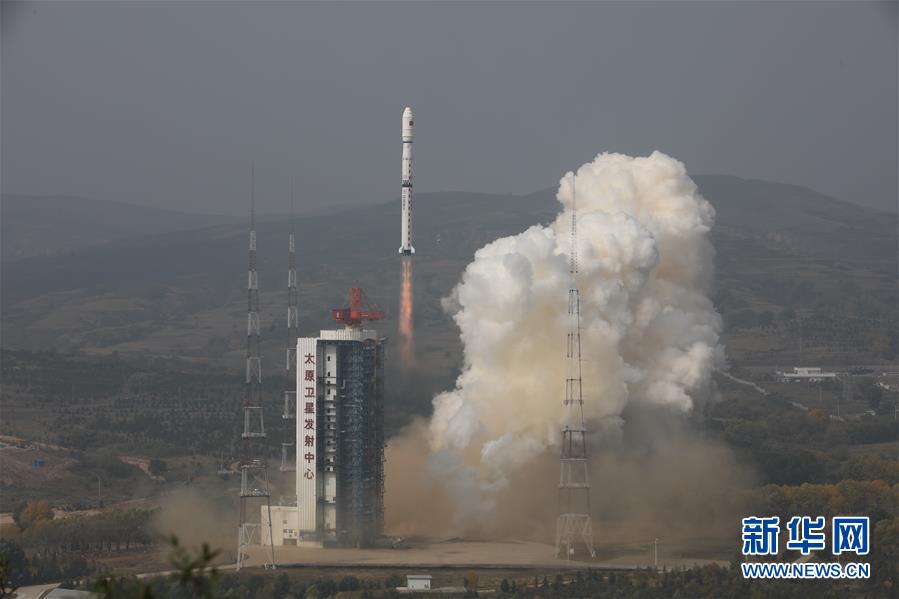
Without any public warning, a Chinese Long March 4B rocket lifted off Sunday with two “environmental monitoring satellites” that the country’s state media said will replace a pair of spacecraft launched in 2008 that collected data to assist in a series of disaster relief efforts over the last decade.
The twin Huanjing environmental monitoring satellites took off at 0323 GMT Sunday (11:23 p.m. EDT Saturday) from the Taiyuan launch base in Shanxi province in northern China, according to the government-run Xinhua news agency.
A three-stage, liquid-fueled Long March 4B rocket carried the Huanjing 2A and 2B satellites into space. U.S. military tracking data indicated the two spacecraft reached an orbit ranging between 371 miles (600 kilometers) and 404 miles (651 kilometers) above Earth, with an inclination of 98 degrees to the equator.
Xinhua said the launch was successful.
Chinese authorities did not publicize the launch in advance, and issued no warning notices for pilots to keep clear of downrange drop zones for the Long March 4B rocket’s lower stages and payload fairing.
The Huanjing 2A and 2B satellites replace China’s Huanjing 1A and 1B spacecraft that launched in 2008, officials said. The satellites “provide services concerning environmental protection, natural resources, water conservancy, agriculture and forestry,” Xinhua said.
Huanjing means “environment” in Chinese.
The satellites launched Sunday carry optical imagers to provide medium-resolution color images. The satellites will also collect infrared and hyperspectral images, which contain information to help analysts distinguish between different types of features on Earth, such as vegetation, human-made infrastructure, and water quality.
Xinhua said the Huanjing 1A and 1B satellites collected remote sensing data to assist disaster response efforts in China, including major earthquakes and mudslides in 2008 and 2010.
The successful launch Sunday marked the 29th orbital launch attempt by China so far this year.
Email the author.
Follow Stephen Clark on Twitter: @StephenClark1.



